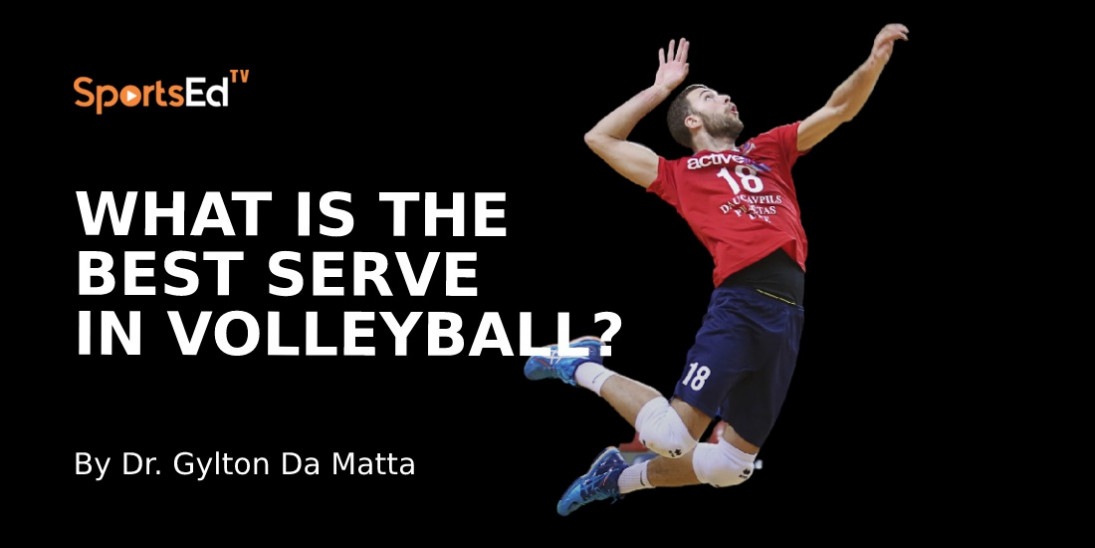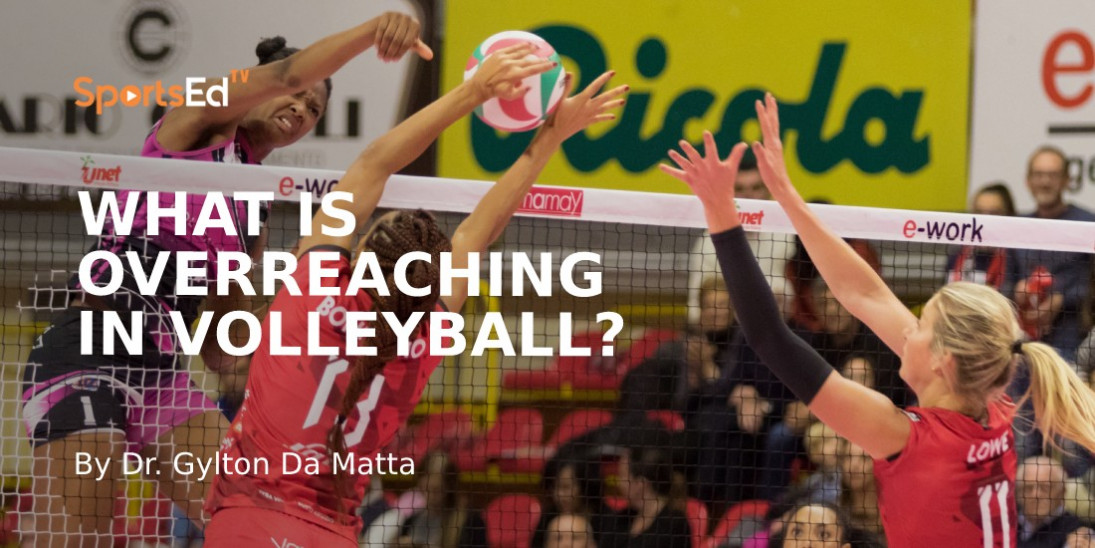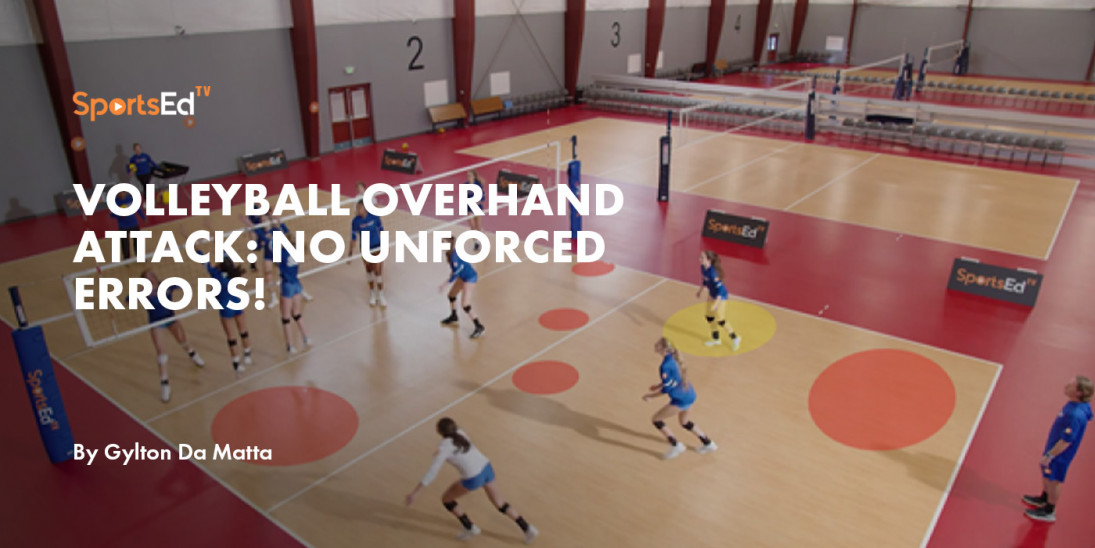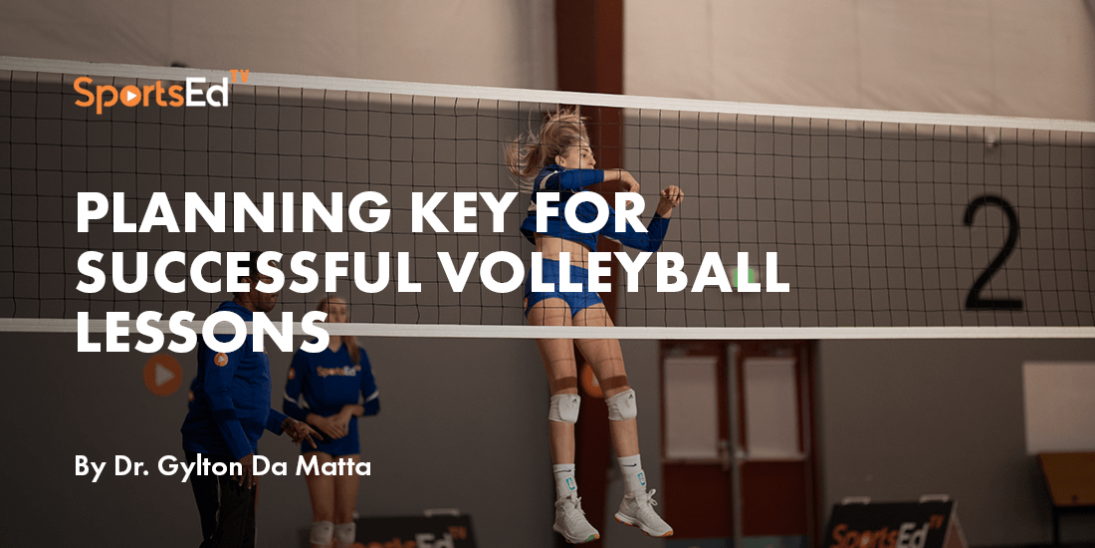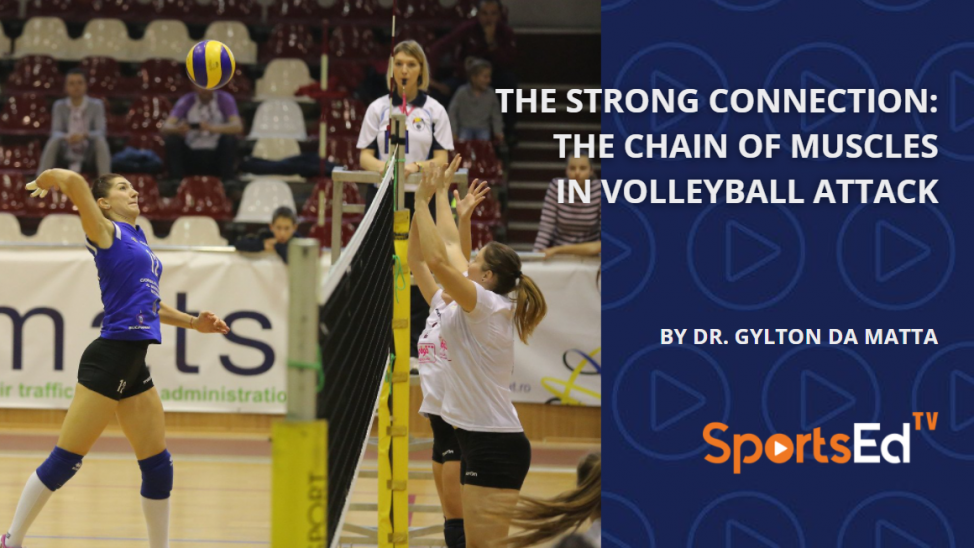Volleyball
Welcome and thanks for visiting...

Top Gun Volleyball Teaching Experts Know It…and Do It.
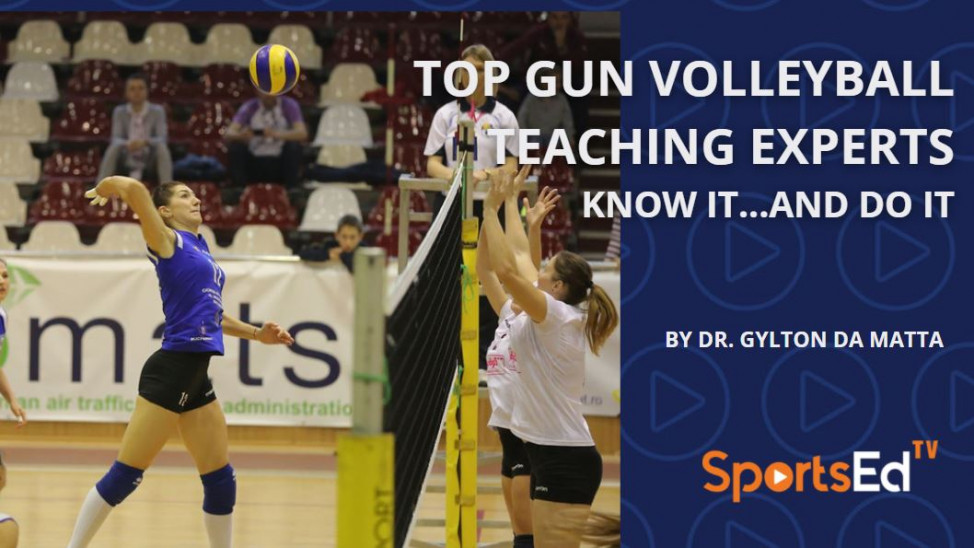
In 1982, the volleyball coaches of Olympico attended a coach’s clinic with Mr. Charles Cardinal. After that clinic, all coaches returned transformed! They started using mats as targets, elastic on the top of the net, cones, chairs, and teaching devices for everything we did in practice.
Teaching volleyball became a science in those days.
In 1983, there was another coach’s clinic but this time it was with Mr. Herrera from Cuba and with Dr. Matveiev from Russia. All coaches came back to my volleyball club talking about “scientific principles of training” and explaining to all of us about the scientific methodology of doing physical conditioning for volleyball. For instance, we learned that rhythm and coordination precedes all sports training.
This was my last year playing volleyball because I was a freshman at the Federal University of Minas Gerais. I was taking, Anatomy, Human Physiology, Applied Biology, Human Performance Laboratory, Educational Gymnastics, and Exercise Science. In my second semester, there was another FIVB volleyball coaches' clinic but this time with Dr. Ejem (from the Czech Republic). This time, I was there. Not as an athlete nor as a demonstrator but as a student.
It was only in 1984 when I took Biomechanics, Teaching Methods, and Advanced Methods of Sports Training that I realize that sports coaching is a science. In this clinic, we learned about advanced training in volleyball and how to apply biomechanical concepts to teaching volleyball. Along with all classes, there were always three clinics in each semester. I was so fortunate to be able to attend almost all of them. In 1984, it was the world congress of Sports Psychology promoted by the ISSP (The International Society of Sports Psychology) with Dr. Benno Becker, Dr. Robert Singer, Dr. John Salmela, and Dr. Dietmar Samulsky.
We studied all neuro-psychological strategies of coaching and how to apply mental training in sports coaching sessions. But, it was a teaching class called Methods of Physical Education that connected it all. My professor was Dra. Eustaquia Salvadora, who with much authority, told us that coaching was teaching, and that teaching was coaching.
Dra. Eustaquia also introduced us to the concept of expertise or the coach virtuoso! Eustaquia spoke English very well and she always had Physical Education and Sports Science books with her. On her desk she displayed Joy and Sadness in Children’s Sports by Rainer Martens, Teaching Physical Education by Judy Rink, and the Scientific Methodology of Sports Coaching by Prof. Dr. Manoel Tubino.
It was 1985 when we decided to map out teaching volleyball. Our goal was to design effective and efficient tasks to teach volleyball skills to any athletes and to push the elite-level players.
So, we designed an assessment tool.
The idea was to know the athlete and assess all physical, psychomotor, affective, and emotional capacities of volleyball players. The other task was to map out the technical, tactical, physical, psychological, and social training for elite players.
And finally, in my last Biomechanics class, to describe all technical movements of volleyball players with the use of a VCR and writing thick descriptions of the movement displayed by the top 60 players in the world. In 1986, the Brazilian Volleyball team U19 was practicing from January through June.
It was my time to do an internship at schools for student-teaching, but I also did the internship with the Brazilian National team in preparation for the 1986, South American Championship. I attended, every practice.
One major, lesson that I learned was the science of teaching by arranging the task, people, and the environment. There were several tasks that I could teach holistically, and the athletes would learn them at once. Those were simple tasks and there was no secret that some simple feedback would do. But learning complex skills was a different thing. Interestingly in volleyball, almost all skills are complex. Therefore, I learned how to assess the players, design tasks to resemble the fundamentals and organize the environment to elicit congruent learning.
Moreover, I learned how to distribute the practice according to the energy systems and the neurophysiology (balance, coordination, hemisphericity, etc). In 1984, Brazil won the silver medal in the Los Angeles, Olympics, and the United States won Gold. So, in 1986, we had several coaches’ clinics with top U.S. instructors. Then, we learned about the specificity of work, training in stations, and position training. The video below is a synopsis of my teaching expertise class that I took with Eustaquia and perfected by combining the pedagogical knowledge and the teaching methods of elite volleyball training with my U.S. volleyball instructors.
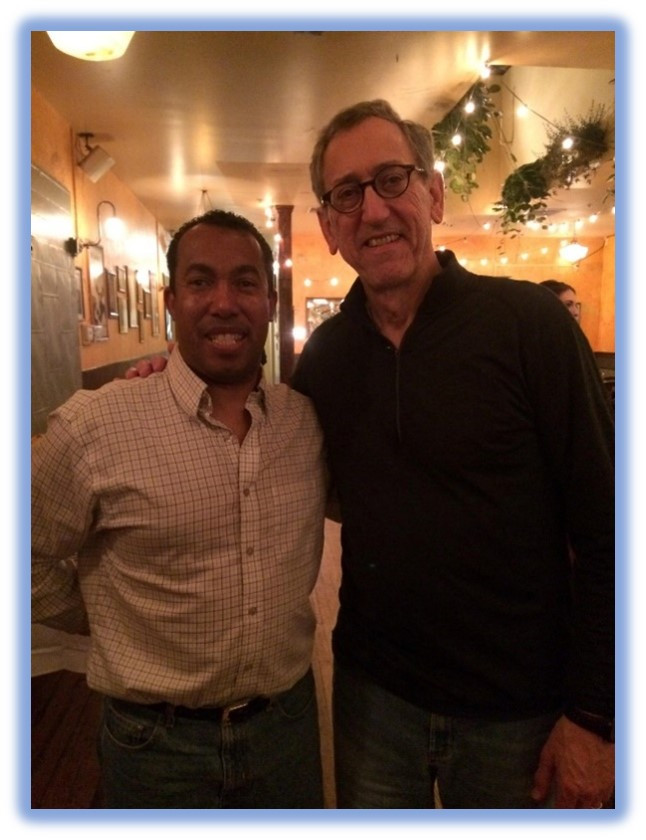
Dr. Da Matta with Dr. Doug Beal in volleyball clinics in Colorado Springs, February 2017.
The U.S. also won the 1988, Men’s Gold medal in the Olympics in Seoul, Korea. So, in 1990, there were FIVB coaches’ clinics with Dr. Douglas Beal, Dr. Marv Dunphy, and Dr. Bill Neville. At a round table discussing middle players' footwork, I had the privilege to meet Dr. Doug Beal and Dr. Marv Dunphy who set up an outstanding practice session and coaches’ workshop. My greatest lesson from USA Volleyball was the importance of specificity and how to design instantaneous volleyball training.
In the U.S. time is worth gold! We had to do volleyball practices focusing on maximizing practice and teaching specifically what players needed to learn. For instance, most U13 up to U16 players had major issues landing and extending their bodies in the air. So, I created the refinement using the springboard so players could jump higher, follow through with their hitting arms in the midline, and also learn how to land softly.
Conclusion
In the Deliberate Practice Volleyball Method, it is important to combine the content knowledge, the pedagogical knowledge, and the sports sciences knowledge into small units of deliberate practice in which each station and each task is designed to elicit learning and maximize congruent practice.
